Arirang (아리랑)
625.3M 24126 2021-03-29
23, Namdaemun-ro 7-gil, Jung-gu, Seoul
+82-2-752-1342
Arirang offers Korean cuisine with its articulate traditional interior and menus. Most menus are traditionally prepared, along with charcoal grill tables for visitors to cook their own meat. Menus consist of high-grade premium hanu (Korean beef) rib eye, charcoal grilled marinated beef ribs, hot-pot bibimbap, and more.
Tiendas Departamentales Shinsegae (Casa Central) (신세계백화점 (본점))
626.1M 6050 2024-02-20
Sogong-ro 63, Jung-gu, Seúl.
Biblioteca de Seúl (서울도서관)
645.4M 14714 2022-12-14
Sejong-daero 110, Jung-gu, Seúl.
+82-2-2133-0300
La Biblioteca de Seúl ofrece una amplia variedad de documentos, desde materiales relacionados con la historia, la cultura, el urbanismo, el transporte, el medio ambiente, todo tipos de documentos sobre viajes, hasta informes extranjeros, documentos de investigación, materiales visuales e información electrónica.
Iglesia Católica Yakhyeon de Seúl (서울 약현성당)
660.2M 26328 2023-02-22
Cheongpa-ro 447-1, Jung-gu, Seúl
La Iglesia Católica Yakhyeon fue fundada como consecuencia de la libertad religiosa proclamada en el 23º año de reinado de Gojong (1866) y su subsiguiente incremento de la población católica. En 1891, el padre jefe de la Catedral Católica de Myeongdong, llamado Doucet, preparó un terreno en Hap-dong. El vicearzobispo Coste estuvo a cargo del diseño y construcción, y finalmente el edificio fue completado en 1892. El nombre de la iglesia proviene de “Yakjeonhyeon”, que significa colina de hierbas medicinales. Eso se debe a que el lugar donde la iglesia está situada era un cerro cubierto de plantas terapeúticas. Luego, “Yakjeonhyeon” fue acortado a “Yakhyeon” y así se denominaba a un área cercana a la cuesta entre Malli-dong y la Estación de Seúl. La Iglesia Católica Yakhyeon fue el primera iglesia de estilo occidental en Corea. Es la arquitectura gótica con la estructura cruciforme de 12 metros de ancho y 32 metros de largo. Asimismo posee ventanas arqueadas y una puerta ojival.
Danube (다뉴브)
680.1M 8594 2020-02-07
135, Sejong-daero, Jung-gu, Seoul
+82-2-2171-7830
Danube is a Western restaurant located within Koreana Hotel overlooking Seoul Plaza and Cheonggyecheon Stream. The restaurant serves a breakfast buffet, and steak and seafood dishes at dinner time. Diners can also choose from a large selection of high-quality wines and whiskeys from around the world.
Great Shanghai (대상해)
680.1M 6122 2020-02-07
135, Sejong-daero, Jung-gu, Seoul
+82-2-2171-7869
Great Shanghai is a Chinese restaurant serving deliciously genuine Sichuan and Beijing-style cuisine, located within the Koreana Hotel. Their specialty is shark's fin, directly imported from Sanji, and prepared by the head chef who has over 30 years of experience. Aside from shark's fin, the healthy buldojang, mapadubu and ddanddanmyeon are also top menus. Great Shanghai is decorated with high-quality interior design, and features rooms of various sizes for groups and business dinners.
Koreana Hotel (코리아나 호텔)
684.8M 33484 2021-06-21
135, Sejong-daero, Jung-gu, Seoul
+82-2-2171-7000
Koreana Hotel has been one of the top notch traveler's picks for more than 30 years, having the business motto 'comfort for our customers.'
The hotel is located at the Gwanghwamun fourway intersection, at the heart of Seoul, and provides 345 guest rooms. Amongst its dining facilities, the hotel boasts a Korean restaurant, Chinese restaurant, Japanese restaurant, and a Western restaurant, as well as a bar, coffee shops, and bakery. Eight banquet halls and a sauna are also available.
The hotel has operated as the main press center restaurant for the 1988 Seoul Olympics, and subsequently operated as the Olympic Village Restaurant for the Special Olympics. As a result of their successful operations, the hotel received lavish praise from the organizers, as well as from the players and staff for the high quality food and spectacular service.
Gaehwa (개화)
695.4M 24465 2021-03-26
52-5, Namdaemun-ro, Jung-gu, Seoul
+82-2-776-0508
Located a short walking distance away from Myeong-dong's Chinese Embassy, Gaehwa boasts 50 years of tradition as the 3rd Chinese restaurant chain in Korea. Gaehwa's jajangmyeon (noodles in black bean sauce) and palbochae (stir-fried seafood and vegetables) are extremely popular. This is a great place for a quick meal, as it serves plenty of food at affordable prices. Gaehwa has been using the same traditional cooking style and unchanging service values to create a comfortable atmosphere like visiting home.
Estación Cultural de Seúl 284 (문화역 서울 284)
695.5M 9820 2023-08-11
Tongil-ro 1, Jung-gu, Seúl.
El edificio de la antigua Estación de Seúl fue diseñado por Tsukamoto Yasushi, un profesor de la Universidad de Tokio. La construcción de la estación empezó en junio de 1922 y fue completada en septiembre de 1925. Debido a su particular tejado, la estación recibió mucha atención en sus primeros años. Después de la liberación de Corea, la estación paso de llamarse Estación de Gyeongseong a Estación de Seúl. Durante la Guerra de Corea, la estación fue parcialmente destruida, pero reconstruida de nuevo más adelante. Después de que Corea iniciase su período de industrialización, la parte sur y la parte oeste de la estación se unieron para dar cabida al incremento del movimiento ferroviario.
En 2004, cuando se construyó la nueva estación, la antigua quedó cerrada, pero después de su reconstrucción en 2011 fue abierta como espacio multicultural con el nombre de Estación Cultural de Seúl 284. El área más grande, la sala Jungang, sirve para albergar actuaciones, exposiciones y eventos, mientras que el segundo piso tiene una sala como lugar para actuaciones culturales, exposiciones, seminarios académicos y reuniones de negocios, entre otros.
Libuk Sonmandu (리북손만두)
712.5M 17640 2019-08-28
17-13, Mugyo-ro, Jung-gu, Seoul
+82-2-776-7361
Libuk Sonmandu restaurant is located deep in the alleys behind Seoul City Hall in the Mugyo-dong area. It is famous for kimchimari bap and sonmandu (handmade dumplings). Kimchimaribap is rice in a soup of kimchi and ice cubes with various added flavorings that originated in North Korea. This is a refreshing dish for summer. Other items on the menu are bindaetteok (mung bean pancake) and mandu jeongol (dumpling hot pot).
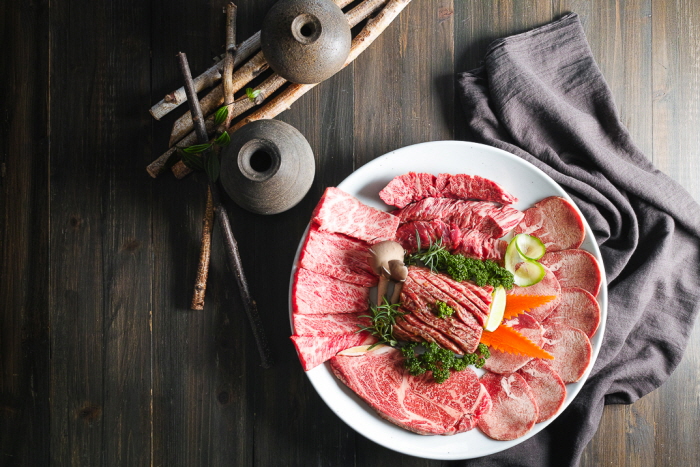

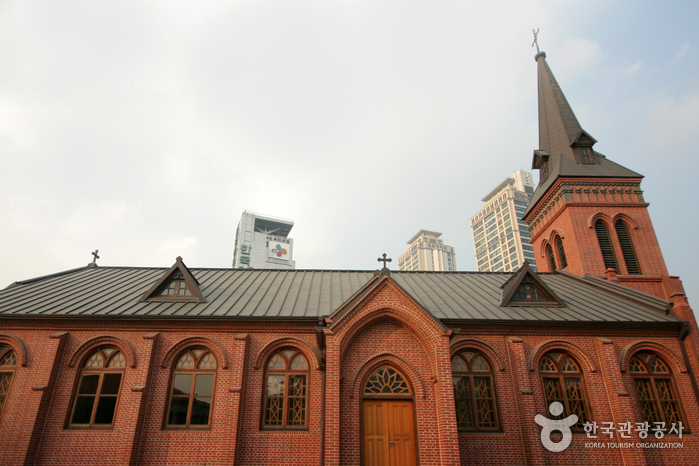
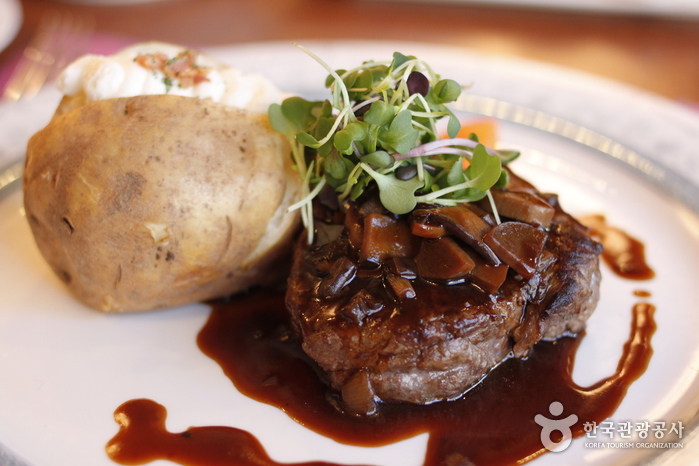
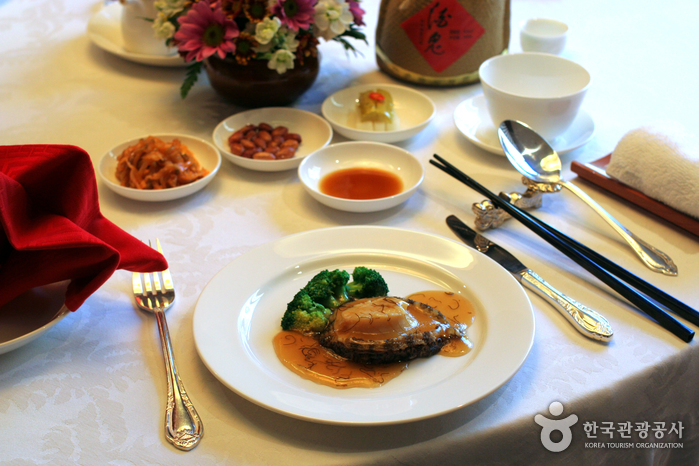
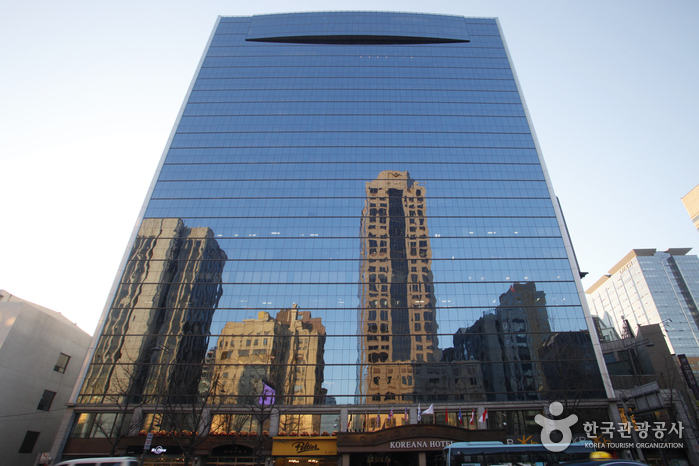
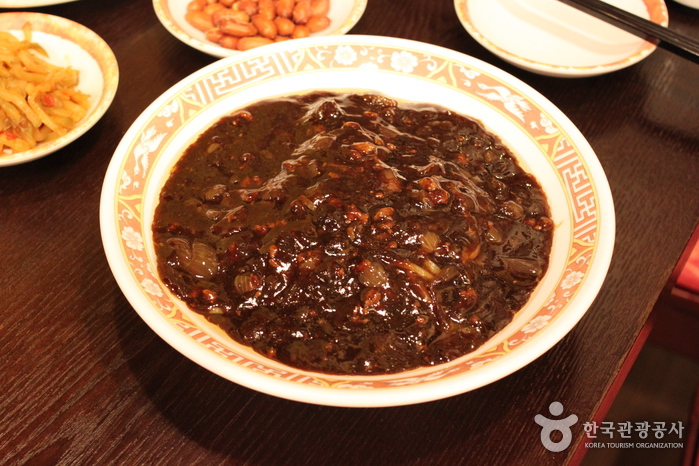
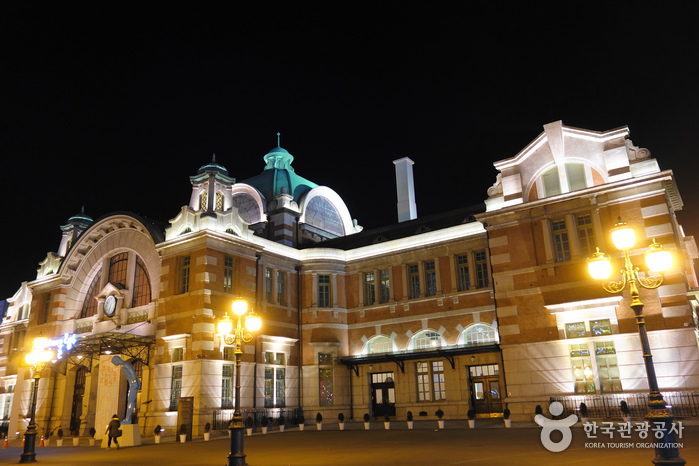
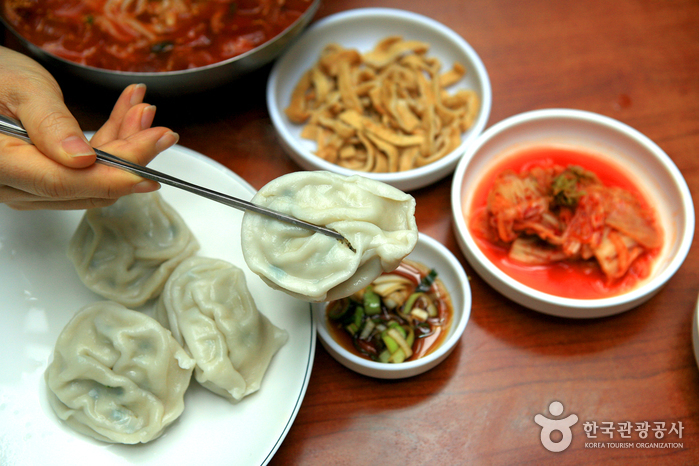
 Español
Español
 한국어
한국어 English
English 日本語
日本語 中文(简体)
中文(简体) Deutsch
Deutsch Français
Français Русский
Русский